Written by Jenn Hand, Holistic Nutritionist, Board Certified Health Coach, NBC-HWC
For those of us who’ve struggled with body, eating, or weight issues, food can become our comfort. We turn to food in times of sadness, to soothe our souls, to make us feel better, or to find a reprieve from the busy world. Do you turn to food for comfort? Then today’s blog is for you 🙂
Much of my own life, I’ve sought comfort in food.
I used ice cream to soothe heartbreaks, cookies to fill the emptiness I had inside, and candy to find solace from the angst that was my constant companion.

If you turn to food for comfort, here are a few tips to help you learn to soothe yourself in other ways:
1. Explore What Else Brings You Comfort.
At first, you may not know. This is normal, because if we did know, we wouldn’t turn to food!
But ask yourself this question again and again and again. Let an answer come. Experiment with it.
For me, it’s writing in my journal, releasing tears, gentle yoga music and a soothing yoga pose, laying in bed and hugging a pillow, being in the silence of nature, and giving myself whatever self-care I need in the moment.
Think about it: as kids, we had a lot to bring us comfort! We may have sucked our thumbs, had a blanket, received hugs from a parent, collected stuffed animals, built our own fort, or any of the other myriad of ways kids soothe themselves.
As adults, we have to learn how to give ourselves that comfort we used to constantly receive as kids.
What makes you feel loved? What fills your soul with that “ahhhh” feeling?

2. Allow Yourself To Be An Emotional Being.
A part of turning to food for comfort is the belief that we aren’t allowed to have emotions.
We “shouldn’t” feel sad, anxious, stressed, lonely, annoyed, mad, or whatever it is we feel, so we eat to make it go away.
But when you allow emotions, you start to realize that we can experience 15 different emotions in a day, an hour or a minute. We’re human. We’re complex and yes, we have, a lot of emotions.
(BTW: It took me a LONG TIME to accept this about myself. I felt too “intense” and emotional to really fully accept myself and let the world see that part of me.)
When we begin to allow ourselves to have emotions and move through them, we let the emotional process run its course, and then we don’t need to turn to food!
But when we don’t allow ourself to be emotional beings we end up eating emotionally.
As an emotional eating coach, I’ve helped many women to stop eating OVER their emotions. If it’s something you struggle with, don’t worry. It’s 100% possible to feel and move through your emotions without turning to food.

3. What Is Your Soul Really Longing For?
Often times, we can eat to fill a void within ourselves; we want comfort, a reprieve, a way to soothe the inner anxiety we didn’t know was there.
Here’s an excerpt from my book I wrote related to this:
I’ve been eating to fill the void within myself. I’ve been using food to fill the hole that I didn’t know I had. Now I know. That hole is bottomless. There is no end to it, and no way that I could ever give it enough food to feel truly satisfied. The emptiness I’ve been feeling is the connection I’ve lost with myself, with my spirit. It’s been dormant for so long that I didn’t even know it was there.
Turning to food is always a message. What is your soul asking for? Like #1, if you don’t know, the first step is asking and letting an answer come 🙂
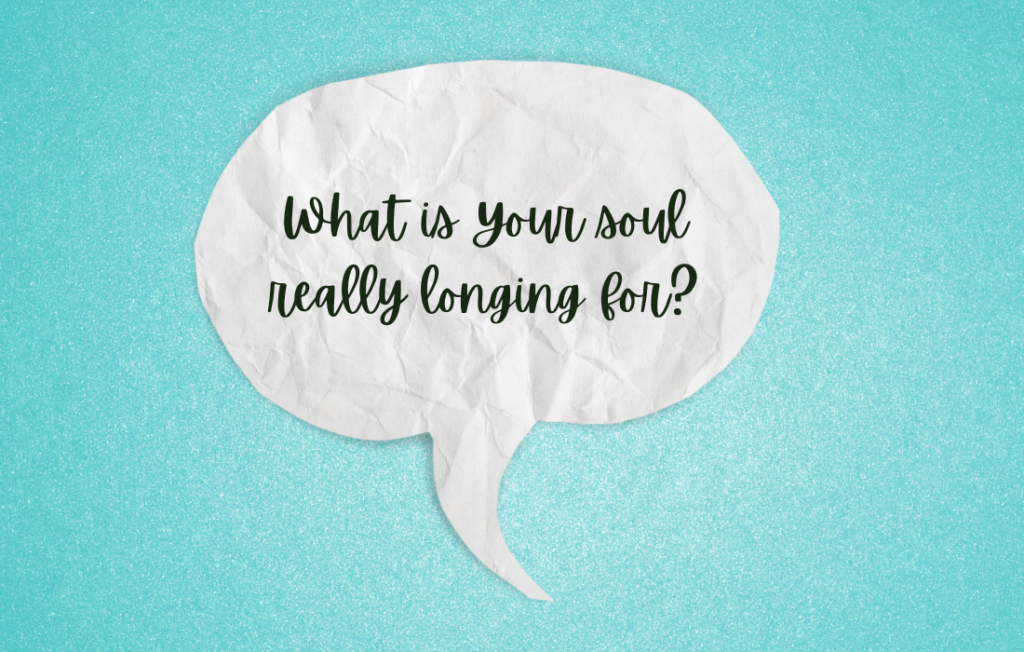
4. Ask For Support.
This can be the most challenging one of all 🙂 Typically, we think we can do it all ourselves.
We manage everything else in our lives, can’t we manage this too? But we are not meant to do life in isolation without help. We’re meant to ask for support, to reach out to others, and to receive a hand when we need it.
When we want comfort, asking for support can be a wonderful way to open yourself up to receive what it is you need.
If we’re grieving a loss, if we’re stressed to the max, if our soul longs for connection, asking others for help is a beautiful thing 🙂

5. Remember… Other Tools Don’t Do What Food Does
This is last, but most certainly not least!
When we first begin to look at how to comfort ourselves, we may try a yoga class or have a 1:1 convo with a friend. And we may feel mildly comforted, but think “That’s it?!”.
Food does something different: it seems to soothe our souls and comfort us in a way nothing else can.
But the problem is that it doesn’t really serve us. We need a new measure of what “comfort” means.
We can’t use the food coma as our barometer of success in comforting ourselves.
In order to let go of turning to food, we need to remind ourselves that crying, journaling, talking, moving, or any other way to comfort us will be DIFFERENT than what food used to do.
It’s important to remind ourselves of that, because food can seem to “take it away”. But it’s an illusion, because the problem stays in the background and we never deal with what it is we need to face.
It’s Your Turn–
Do you turn to food for comfort? Which part of the blog can you implement to help you find other ways to soothe yourself? Share in the comments below 🙂
Related Articles
⚪ How to Get Off the Diet Roller Coaster
⚪ Yo-Yo Dieting and Weight Loss
⚪ How to Stop Thinking of Food and What to Do Instead
Get the Normal Eater’s Newsletter
Join 8000+ women who are overcoming overeating, binge eating, and breaking up with dieting forever. Get Jenn’s inspiring and actionable weekly newsletter with the latest posts, podcasts, and tips on how to love your body, find food freedom, and lose weight holistically.
Get the Normal Eater’s Newsletter
Work with an Emotional Eating & Holistic Nutrition Coach
Overcome Bingeing and Emotional Eating, and Break Up with Yo-yo Dieting
Working with an emotional eating coach and holistic nutritionist can help you get free from the frustrating binge and restrict cycle and stop yo-yo dieting.
You don’t have to be obsessed with food or have a million rules around eating to find your natural weight and learn to love your body. Ready to actually see a lasting change and experience true freedom?
Schedule a 20-min CallAbout the Author:
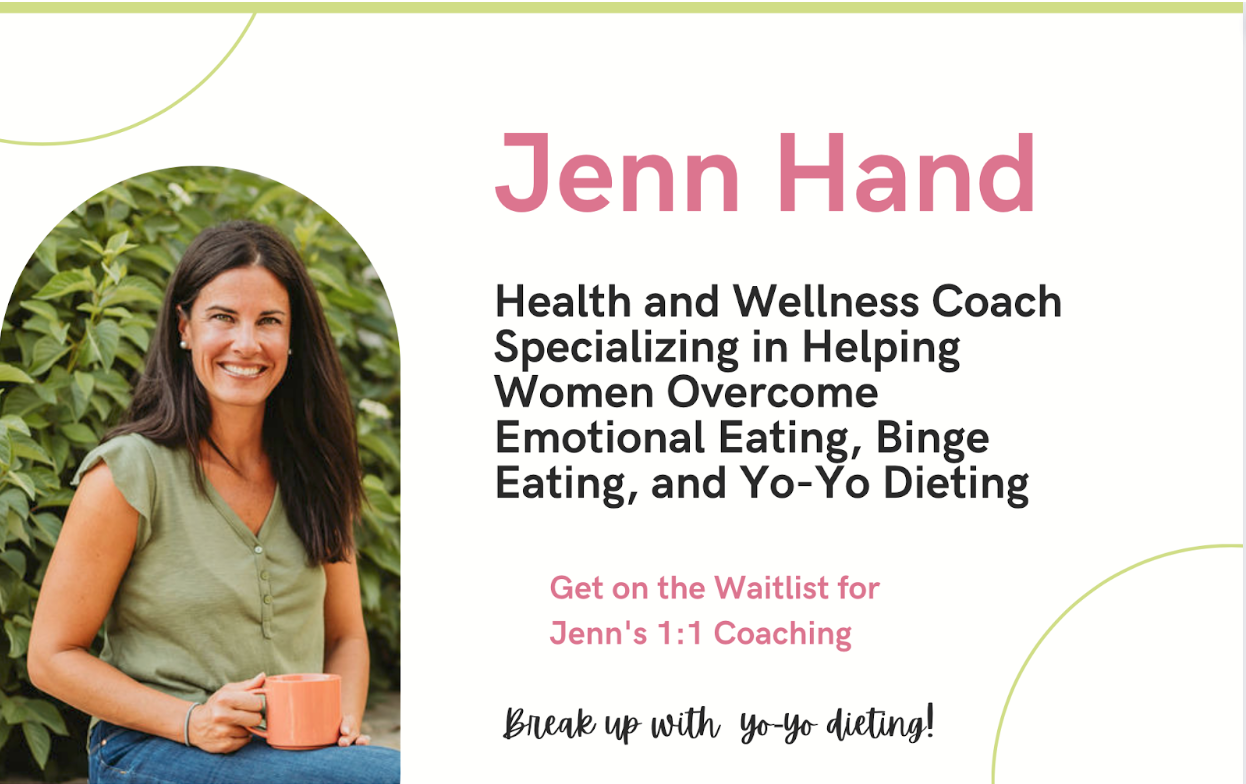
Jenn Hand has been helping women like you become normal eaters since 2015.
She’s worked with thousands of women, helping them to balance their bodies, end bingeing, stop obsessing over food, and start feeling amazing again. As a board-certified health coach and holistic nutritionist, Jenn knows how to support you in making real positive changes that last.
Her articles have been published on Mind Body Green, Tiny Buddha, Thrive Global and other local and global media platforms. She’s the author of How to Be a Normal Eater and the creator of The Normal Eater’s Club program. Listen to Jenn’s advice and tips on the Cake Doesn’t Count Podcast, or read more of her articles for free on the Food Freedom Blog.
Learn About Coaching!
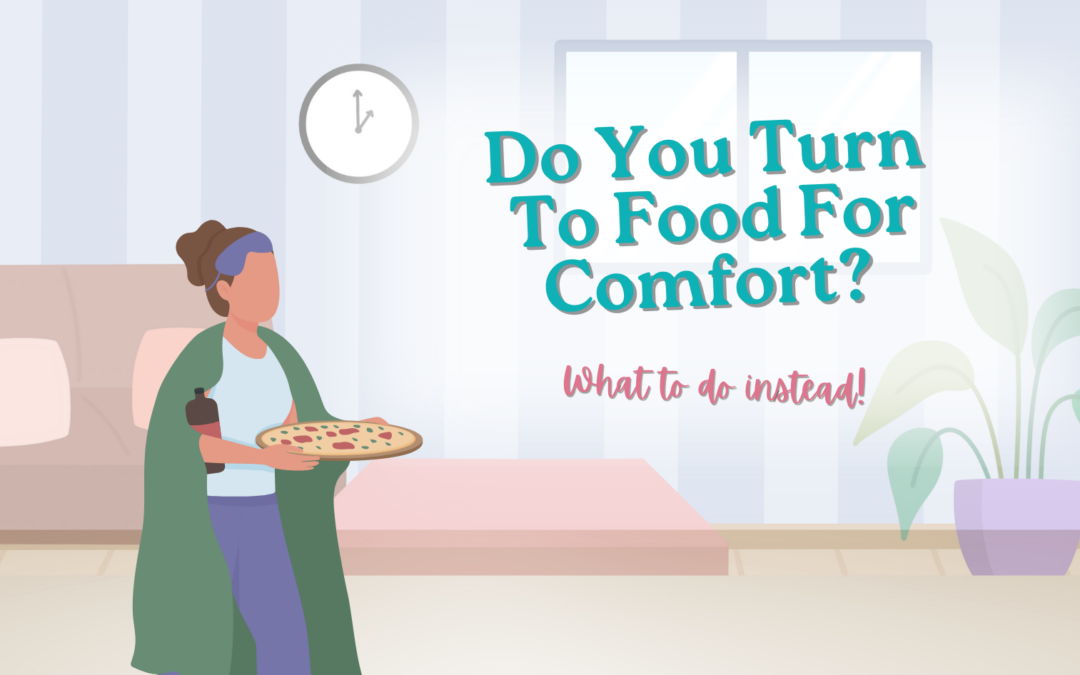

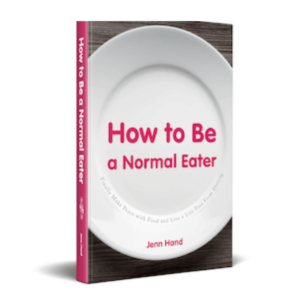

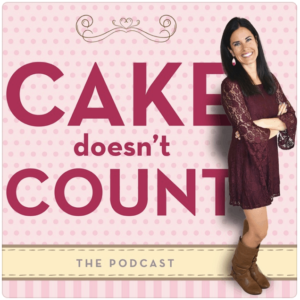
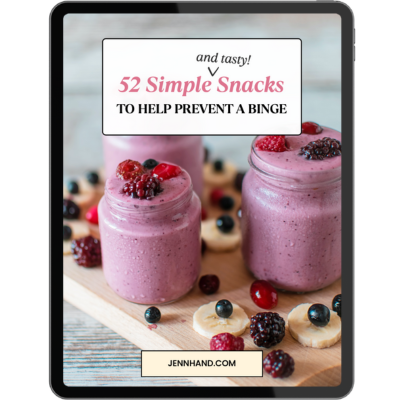
Asking for help has always been hard for me. But I’m learning to reach out when I’m feeling stressed, anxious or depressed and get the help I need to deal with my emotions rather then turn to food to soothe my soul. This is a great tip and reminder that we are not alone and getting help when needed shows how truly strong we are!
I love that–“getting help when needed shows how truly strong we are”!So so true.